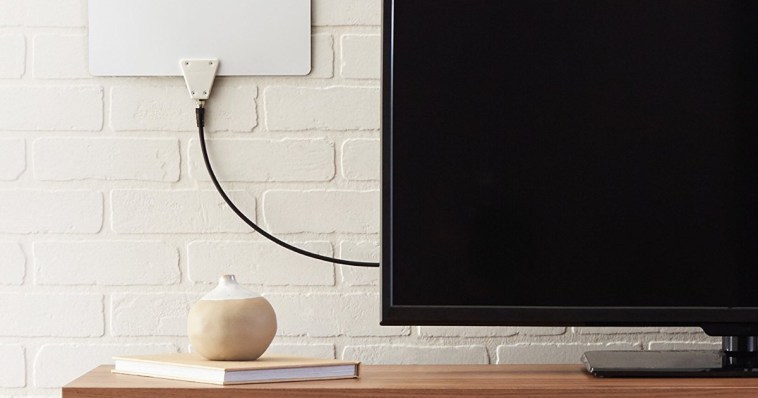(OTA) Over the Air
An OTA or over the air antenna may be something you have read about when it comes to cordcutting. Antennas can be a great addition to any cordcutters setup. At Kutko our focus is on streaming, but we get asked about antennas all the time. So here are some quick tips regarding antennas.
There is no such thing as a magic antenna.
The OTA TV signal is defined as a ‘line of sight’ signal. Typically, the higher you have your antenna, the better the reception. While signals pass through walls and other surfaces, the more obstructions the signal encounters, the weaker the signal and this causes signal disruption. The clearest, most unobstructed view to the broadcast towers will allow the antenna to perform at the highest level. Any variety of obstructions like hills, trees, and buildings can bend, deflect, and weaken an antennas signal.
Antennas come in a variety of shapes and sizes, and each is designed for a specific situation. Some are narrow focused (directional) antennas; while others are multidirectional both with various range capacities. As such there can be some trial and error to find the right antenna for your specific situation.
Antenna Con's
Limited Channels
Weather can effect signal strength
Live TV only (commercials)
Antenna Pro's
One time cost
HD Signal with zero compression
Live TV
This article will offer you additional insight about antennas.
Indoor Antenna
Indoor antennas are made for people who want to take a simple approach and don't have the ability to mount an antenna outside. They come in a variety of shapes, sizes and price ranges. They can usually be mounted on the wall behind your TV or in a nearby window.
Here are a few examples of antennas here:
Outdoor Antenna
Outdoor antenna's are bigger than their indoor counterparts. They typically have a broader range and as such they can cost considerably more. These antenna's require much more work to install as they are usually mounted on the roof of a home or in the attic. You can also see them on the balconies of some condo residents if allowed by your building.


